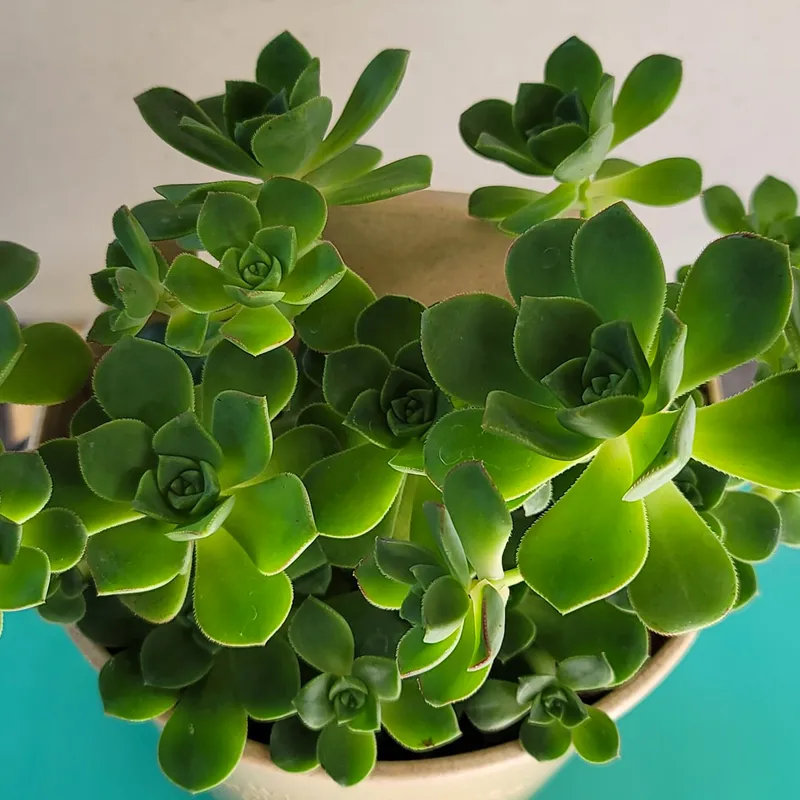
How to care for Dracaena surculosa?
The Dracaena surculosa, also known as the Gold Dust Dracaena or Florida Beauty, is a popular houseplant known for its vibrant, speckled leaves. Here’s a guide to caring for your Dracaena surculosa and keep it looking its best:
198 Species in Genus Dracaena
Light:
- Bright, Indirect Sunlight: Dracaena surculosa needs plenty of bright, indirect sunlight to retain its vibrant speckled coloring. Avoid harsh direct sun, especially during the midday hours, as this may scorch the leaves.
- East or West Facing Windows: Placing your plant near an east or west-facing window can provide ideal lighting conditions.
Watering:
- Water When Dry: Maintain a good watering routine. Water your Dracaena surculosa when the top inch of soil dries out. Overwatering is a major threat, so avoid keeping the soil constantly moist.
- Thorough Soaking: When watering, soak the soil thoroughly until excess water drains from the pot’s drainage holes. Discard any water collected in the saucer to prevent root rot.
Soil and Potting:
- Well-Draining Mix: Use a well-draining potting mix specifically formulated for houseplants. A mixture containing potting soil, perlite, and a small amount of sand can provide good drainage and aeration.
- Drainage Holes: Ensure the pot has drainage holes to prevent waterlogging.
Temperature and Humidity:
- Moderate Temperatures: Dracaena surculosa prefers moderate temperatures between 60-75 degrees Fahrenheit (15-24 degrees Celsius). Avoid placing it near cold drafts, radiators, or air conditioners.
- Moderate Humidity: While it tolerates average household humidity levels, this plant can benefit from slightly higher humidity, especially during dry winters. You can group it with other humidity-loving plants, use a pebble tray with water (avoiding direct contact with the pot), or occasionally mist the plant.
Fertilizing:
- Light Feeding: Dracaena surculosa is not a heavy feeder. A diluted, balanced liquid fertilizer applied once a month during the spring and summer growing season is sufficient. Avoid overfertilizing, which can cause mineral build-up in the soil or damage the roots.
Additional Tips:
- Repotting: Repot your Dracaena surculosa every 2-3 years or when the roots outgrow the current pot. Choose a pot that’s only slightly larger than the root ball.
- Propagation: You can propagate new Dracaena surculosa plants throughout the growing season using stem cuttings. Take stem cuttings with a few sets of leaves, allow them to callous over, and then plant them in well-draining soil.
- Pests and Diseases: Generally pest and disease resistant. Watch out for mealybugs, scale insects, or spider mites. Treat them with insecticidal soap, neem oil, or a miticide if necessary.
- Maintaining Bushy Growth: You can occasionally trim leggy stems to encourage bushier growth.
How to propagate Dracaena surculosa?
Dracaena surculosa can be propagated in two main ways: stem cuttings and division. Here’s a guide for both methods:
Propagation by Stem Cuttings:
This is the most common and successful method for propagating Dracaena surculosa.
- Preparation:
- Choose a Healthy Stem: Select a healthy, mature stem with at least 3-4 leaves. Ideally, choose a non-flowering stem for better success.
- Sharp Tool: Use a sharp, sterilized knife or pruning shears to make a clean cut just below a leaf node (the bump where a leaf joins the stem).
- Cutting Size: The ideal cutting size can vary between 4-8 inches (10-20 cm) depending on the maturity of the stem.
- Callousing the Cutting (Optional):
- Allow the cut end of the stem to callous over for a few days. This drying period helps prevent rot. Leave it on a dry paper towel or in well-ventilated shade out of direct sunlight.
- Planting the Cutting:
- Potting Mix: Prepare a pot with well-draining potting mix specifically formulated for houseplants or a mixture containing potting soil, perlite, and a small amount of sand for good drainage.
- Moistening the Soil: Moisten the potting mix slightly but not soggy.
- Planting Depth: Make a hole in the soil deep enough to accommodate at least one or two leaf nodes of the cutting. Insert the calloused end of the stem cutting into the hole and gently firm the soil around the base.
- Aftercare:
- Watering: Water moderately to keep the soil slightly moist but not wet. Avoid overwatering, which can cause the cutting to rot.
- Light and Humidity: Place the pot in a location with bright, indirect sunlight. You can also use a clear plastic bag or humidity dome to create a humid environment around the cutting (optional).
- Rooting Time: Rooting can take several weeks to a few months. Be patient and maintain consistent moisture and warmth.
- New Growth: Once new growth appears at the top of the cutting, you can gradually remove the humidity dome (if used) and acclimate the plant to lower humidity.
Propagation by Division:
This method is best suited when repotting a mature Dracaena surculosa that has grown bushy at the base.
- Preparation:
- Carefully remove the Dracaena surculosa from its pot.
- Detangle and loosen the root ball gently.
- Division:
- Using a sterilized knife, gently divide the root ball into sections, each with a healthy stem or growth point.
- Ensure each division has sufficient roots to support new growth.
- Planting the Divisions:
- Repot each division in individual pots with well-draining potting mix as described earlier.
- Water moderately and care for them similar to mature Dracaena surculosa plants.
Additional Tips:
- Success Rate: Propagation by stem cuttings generally has a higher success rate compared to division.
- Temperature: Maintain warm temperatures around 65-75 degrees Fahrenheit (18-24 degrees Celsius) for optimal rooting during propagation.
- Sanitization: Always sterilize your cutting tools before use to prevent the spread of diseases.
If i die, water my plants!
As an Amazon Associate I earn from qualifying purchases.



